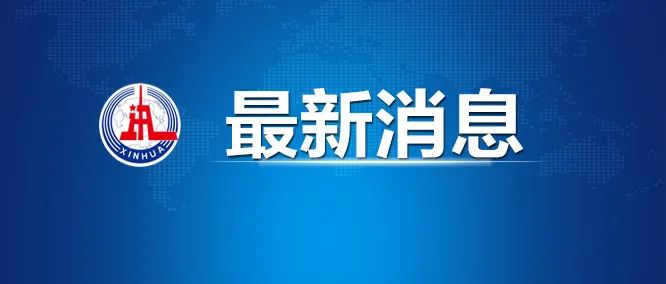特斯拉近日发布了第二代 Optimus 人形机器人的工作视频,展示了其在生产线上执行任务的能力。视频中,Optimus 机器人展示了精确地将电池单体从传送带上捡起并插入托盘中的技能。这一展示标志着特斯拉在机器人技术方面的最新进展,同时也展示了其在人工智能领域的突破。
根据特斯拉官方介绍,为了使 Optimus 机器人能够执行此类任务,特斯拉训练并部署了一个神经网络。这个神经网络能够处理来自机器人的 2D 摄像头以及板载的本体感知传感器的视频输入,并直接生成关节控制序列,从而驱动机器人的运动。这一端到端的神经网络系统意味着它完全依靠机器人的传感器数据进行操作,无需外部辅助或预先标记的数据。
这一进展在机器人技术领域具有重要意义。Optimus 机器人不仅能够执行重复性高的任务,如组装、搬运等,还能够适应复杂的工作环境,并具备一定的自主学习能力。这意味着特斯拉的机器人技术有望在未来的制造业、服务业等领域发挥重要作用。
特斯拉的这一尝试也展示了人工智能在工业自动化领域的巨大潜力。通过训练神经网络,机器人们可以学习到如何执行特定的任务,甚至能够通过观察和试错来不断优化自己的操作。这种能力的出现,有可能改变现有的工业生产方式,提高生产效率,降低人力成本。
总的来说,特斯拉发布的这段第二代 Optimus 机器人工作视频,不仅展示了特斯拉在机器人技术和人工智能领域的最新成果,也为未来的工业自动化和智能制造提供了新的可能性。
英语如下:
# Tesla Optimus Robot Unveils Precise Battery Handling Skills
Keywords: Tesla, Optimus Robot, Battery Insertion
Tesla recently released a video showcasing the second-generation Optimus humanoid robot performing tasks on an assembly line. The video demonstrates the robot’s ability to accurately pick up battery cells from a conveyor belt and insert them into trays. This display marks the latest progress of Tesla in robotics technology and also showcases its breakthrough in artificial intelligence.
According to official Tesla introductions, to enable the Optimus robot to execute such tasks, Tesla has trained and deployed a neural network. This neural network can process video inputs from the robot’s 2D cameras and on-board proprioception sensors and directly generate joint control sequences to drive the robot’s movements. This end-to-end neural network system means it operates entirely based on the robot’s sensor data, without the need for external assistance or pre-labeled data.
This advancement is of significant importance in the field of robotics. The Optimus robot is not only capable of performing repetitive tasks such as assembly and transportation but also adapts to complex working environments and possesses a certain degree of autonomous learning ability. This suggests that Tesla’s robot technology is expected to play a vital role in industries such as manufacturing and services in the future.
This attempt by Tesla also demonstrates the immense potential of artificial intelligence in industrial automation. By training neural networks, the robots can learn how to execute specific tasks and even optimize their operations through observation and trial-and-error. This capability has the potential to change existing industrial production methods, increase production efficiency, and reduce labor costs.
In summary, the release of the second-generation Optimus robot’s working video by Tesla not only showcases Tesla’s latest achievements in robotics and artificial intelligence technologies but also opens up new possibilities for future industrial automation and intelligent manufacturing.
【来源】https://www.ithome.com/0/765/903.htm
Views: 2
